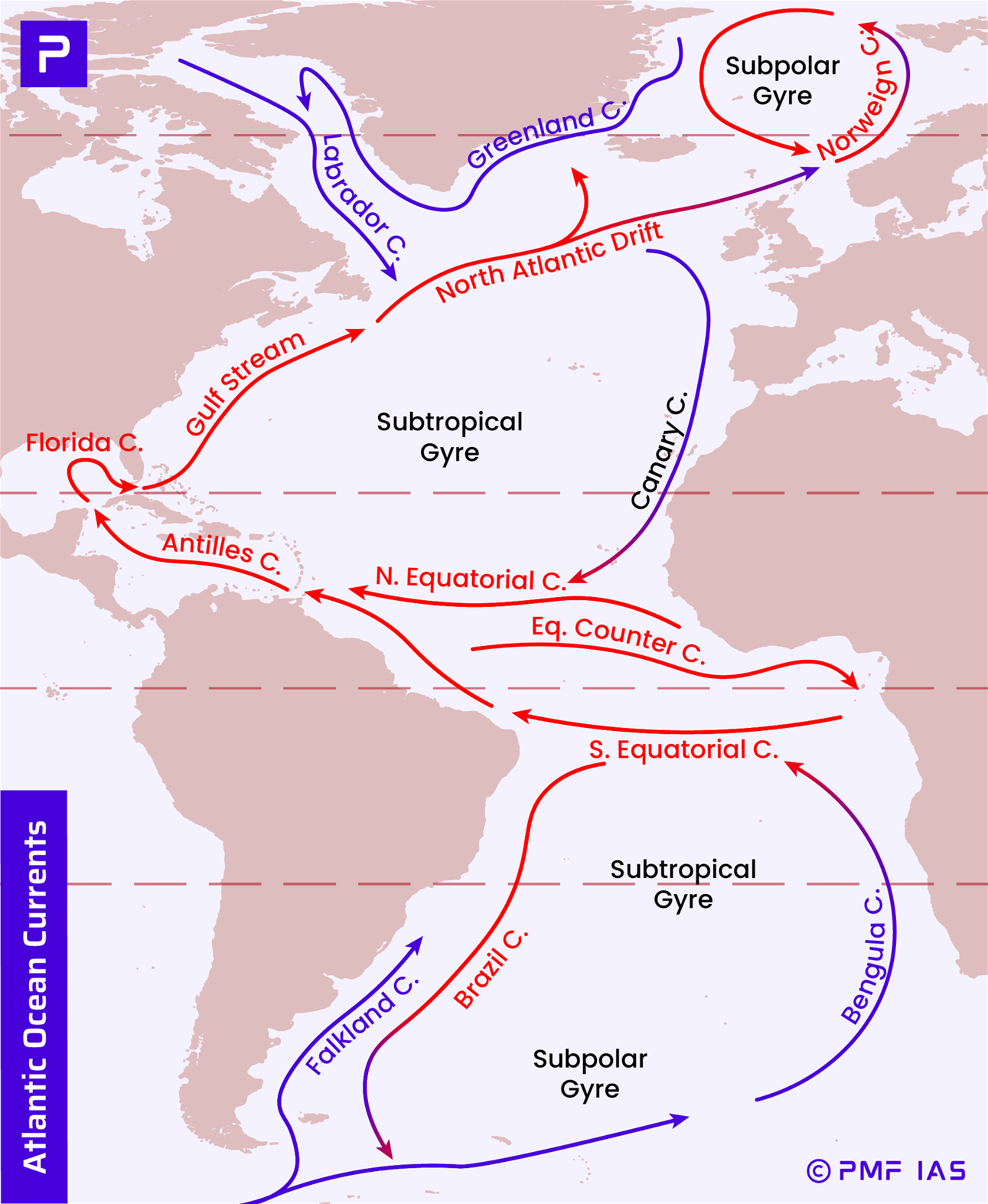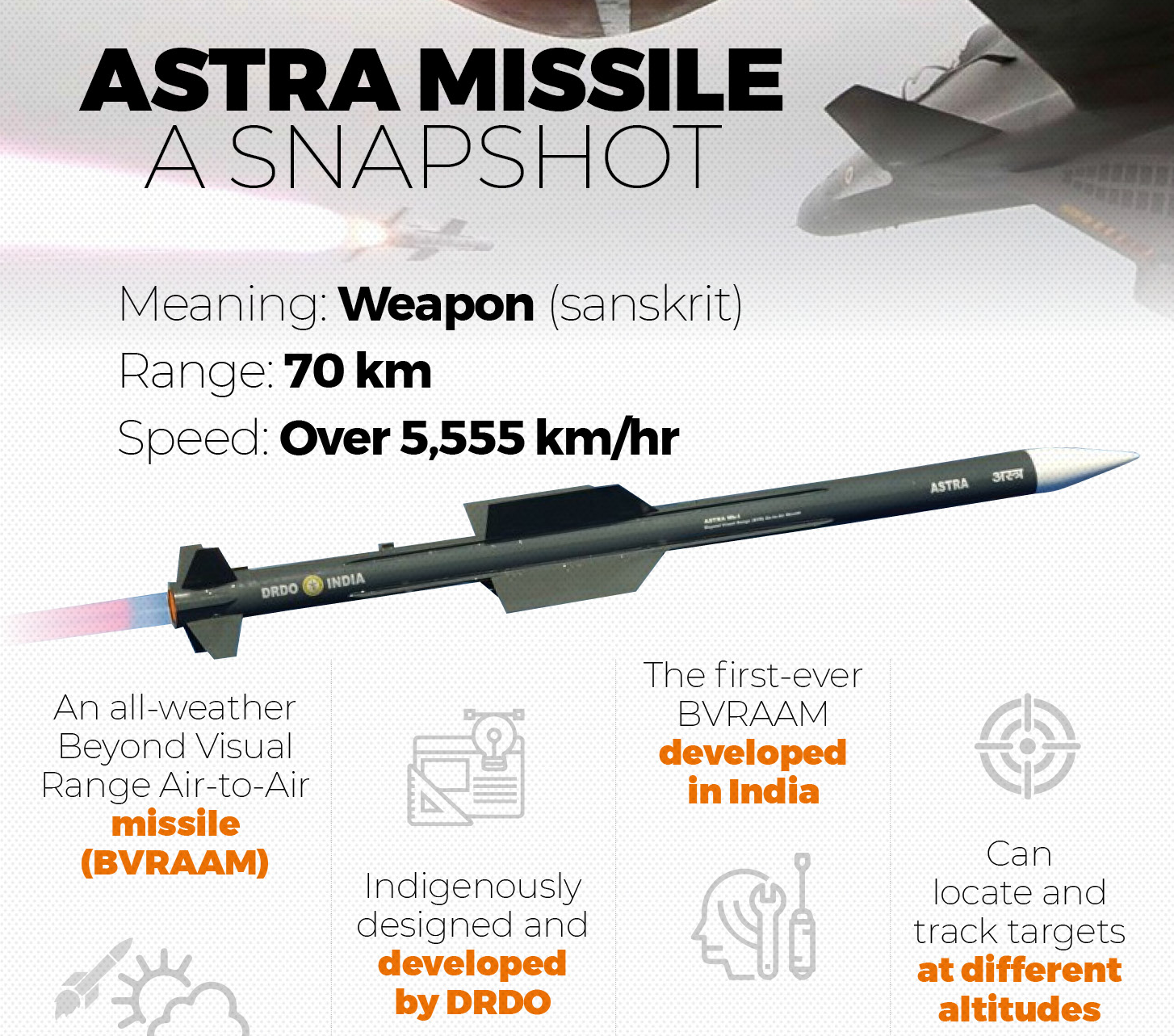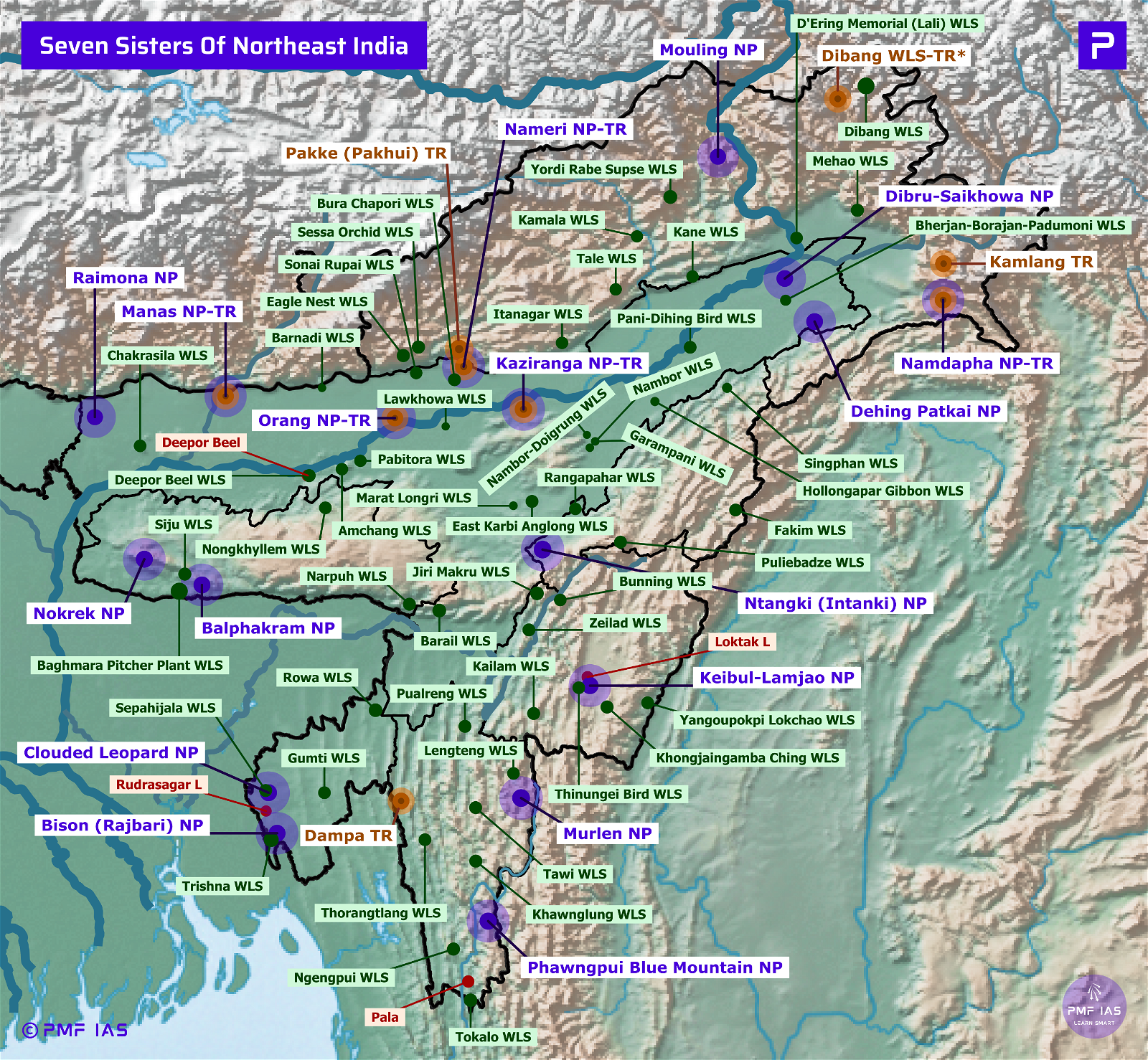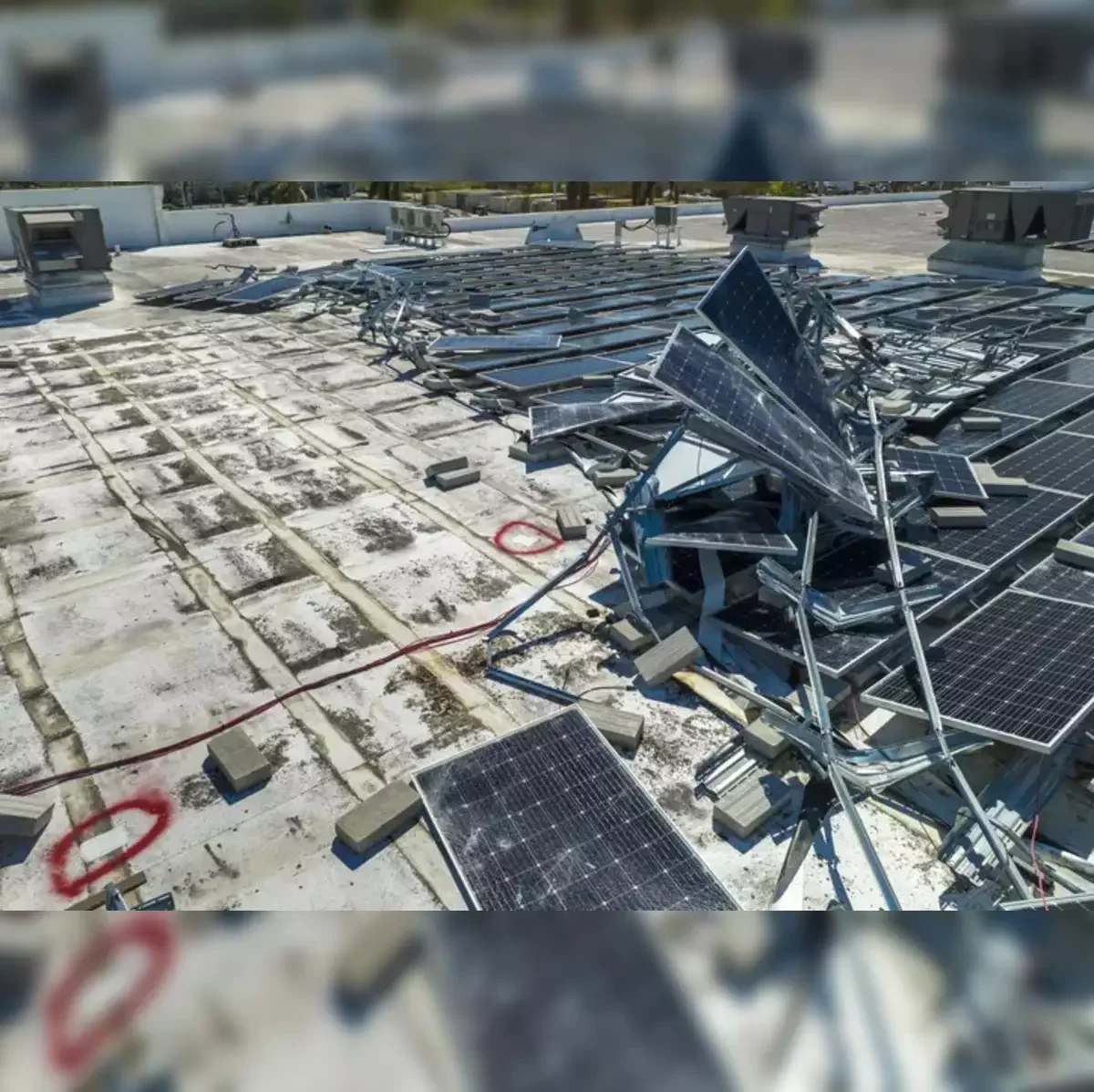
Hazardous Wastes (Management and Handling) Rules & Toxic Waste at Bhopal Disaster Site
Subscribe to Never Miss an Important Update! Assured Discounts on New Products!
Must Join PMF IAS Telegram Channel & PMF IAS History Telegram Channel
Hazardous Wastes Rules, 2016
Hazardous Wastes (Management and Handling) Rules, 2016
- The 2016 Rules has been enacted to promote recycle and reuse of waste while reducing hazardous wastes.
Other Wastes
- These rules have been made to distinguish between hazardous Waste and other wastes.
- Other wastes include waste tyres, paper waste, metal scrap, used electronic items, etc. and are recognised as a resource for recycling and reuse.
Standardisation of Steps of Waste Management by Occupier
- The 2016 Rules standardised the sequence of priority in which the occupier must manage waste.
- The sequence is prevention > minimization > reuse > recycling > recovery, utilisation (including co-processing) > safe disposal.
Standard Operating Procedures (SOPs)
- The rules established the fundamental requirement of infrastructure and SOPs to protect human health and the environment from hazardous waste, specific to the waste type.
- These SOPs must be complied with by the stakeholders and verified by SPCB/PCC.
Rules for the Import/Export of Waste
- No country can export hazardous waste to India for final disposal.
- This means that India only imports hazardous wastes to recycle, reuse or for other utilisation.
- The rules specify the procedure for importing and exporting hazardous waste to and from India.
- Exporters of silk waste have now been exempted from requiring permission from MoEF.
- Electrical and electronic components manufactured in and exported from India, if found defective, can now be imported back into the country without obtaining permission from MoEF.
- Industries that do not require consent under the Water (Prevention and Control of Pollution) Act 1974 and the Air (Prevention and Control of Pollution) Act 1981 are now exempted from requiring authorisation also under the Hazardous and Other Wastes Rules, 2016.
Wastes Prohibited for Import
- Waste edible fats and oil of animals or vegetable origin
- Household waste
- Critical care medical equipment
- Tyres for direct re-use purpose
- Solid Plastic waste, including Pet bottles
- Waste electrical and electronic assemblies scrap
- Other chemical wastes, especially in solvent form
Duties Assigned to State Governments for Waste Management
- States should establish/allocate industrial space or sheds for recycling, pre-processing, and other utilisation of hazardous or other waste and register the workers involved in recycling.
- States must undertake skill development activities and ensure the safety and health of workers.
- The state governments have to submit an annual report to the MoEFCC.
- SPCBs must prepare an annual inventory of the waste generated, recycled, recovered, and utilised (including co-processed) and submit it to the CPCB.
Treatment, Storage and Disposal Facility for Hazardous Wastes
- 2016 rules give a clear direction of how the treatment, storage and disposal facility is to be established. Permission from the SPCB is required for the layout in this regard.
Packaging, Labelling and Transport of Hazardous and Other Wastes
- CPCB provides extensive guidelines for packaging and labelling.
- If the waste is to be transported to a facility in a different state for its final disposal, a ‘No Objection Certificate’ is required on the sender’s part from the SPCBs of both states.
Amendment of 2019
- Amendment has been made considering the “Ease of Doing Business” and boosting the “Make in India” initiative by simplifying the procedures under the Rules while simultaneously upholding the principles of sustainable development and ensuring minimal impact on the environment.
Toxic Waste at Bhopal Disaster Site
- Context (TH): CPCB report submitted to the NGT states that hazardous waste stored on the Union Carbide India Limited (UCIL) premises is yet to be disposed of.
|
Bhopal Gas Tragedy
- Bhopal gas tragedy (or Bhopal disaster) occurred in 1984 in Bhopal, Madhya Pradesh.
- It resulted from a massive leak of methyl isocyanate (MIC) gas from the Union Carbide India Limited (UCIL) pesticide plant owned by the American MNC, Union Carbide Corporation.
|
Aftereffect of the Bhopal Tragedy
- The tragedy claimed thousands of lives and left countless with severe injuries and health issues.
- Locals are still facing health issues because of the leak. It includes stillbirth, congenital malformations, respiratory and neurological issues, etc.
Legislations After Bhopal Gas Tragedy
- After the Bhopal gas tragedy, a series of legislations were enacted to prevent the occurrence of such disasters in the future and to provide legal safeguards to the victims of such disasters.
Bhopal Gas Leak Disaster (Processing Of Claims) Act, 1985
- It confers certain powers on the central government to secure the claims of the Bhopal gas leak disaster victims.
Environment (Protection) Act, 1986
- It authorises the GoI to take measures to protect and improve the environment.
- It includes the setting of standards and inspection of industrial units.
Hazardous Waste Management Rules, 1989
- These rules are notified to ensure safe handling, generation, processing, packaging, storage, transportation, use, collection, conversion, sale, destruction, and disposal of hazardous waste.
- These rules were amended, and the new rules are titled Hazardous And Other Wastes (Management and Transboundary Movement) Rules, 2016.
Public Liability Insurance Act, 1991
- It provided for public liability insurance for providing immediate relief to the persons affected by accidents occurring while handling any hazardous substance.
National Environment Appellate Authority Act, 1997
- It provided for the establishment of an appellate authority.
- This authority on appeal will decide where any industries, operations, or processes are restricted, subject to safeguards under the Environment (Protection) Act, 1986.
National Green Tribunal Act, 2010
- It provided for the establishment of a National Green Tribunal (NGT).
- This act has dissolved the National Environment Appellate Authority.
- India is the 3rd country to set up a specialised environmental tribunal after Australia and NZ.
National Green Tribunal (NGT)
- NGT was established in 2012 under the NGT Act (2010).
- Objective: To effectively and expeditiously dispose of cases related to environmental protection and conservation of forests and other natural resources.
- It is mandated to dispose of the appeals within 6 months of the filing of appeals.
- It has five places of sittings. New Delhi is the principal place of sitting, and Kolkata, Bhopal, Pune, and Chennai are the other four sittings.
National Green Tribunal > PMF IAS Environment 2nd Edition > Page 256
For All Environment Related Laws > PMF IAS Environment 2nd Edition > 245-267
Authorities in India for Regulating Hazardous Waste
|





![PMF IAS Environment for UPSC 2022-23 [paperback] PMF IAS [Nov 30, 2021]…](https://pmfias.b-cdn.net/wp-content/uploads/2024/04/pmfiasenvironmentforupsc2022-23paperbackpmfiasnov302021.jpg)










